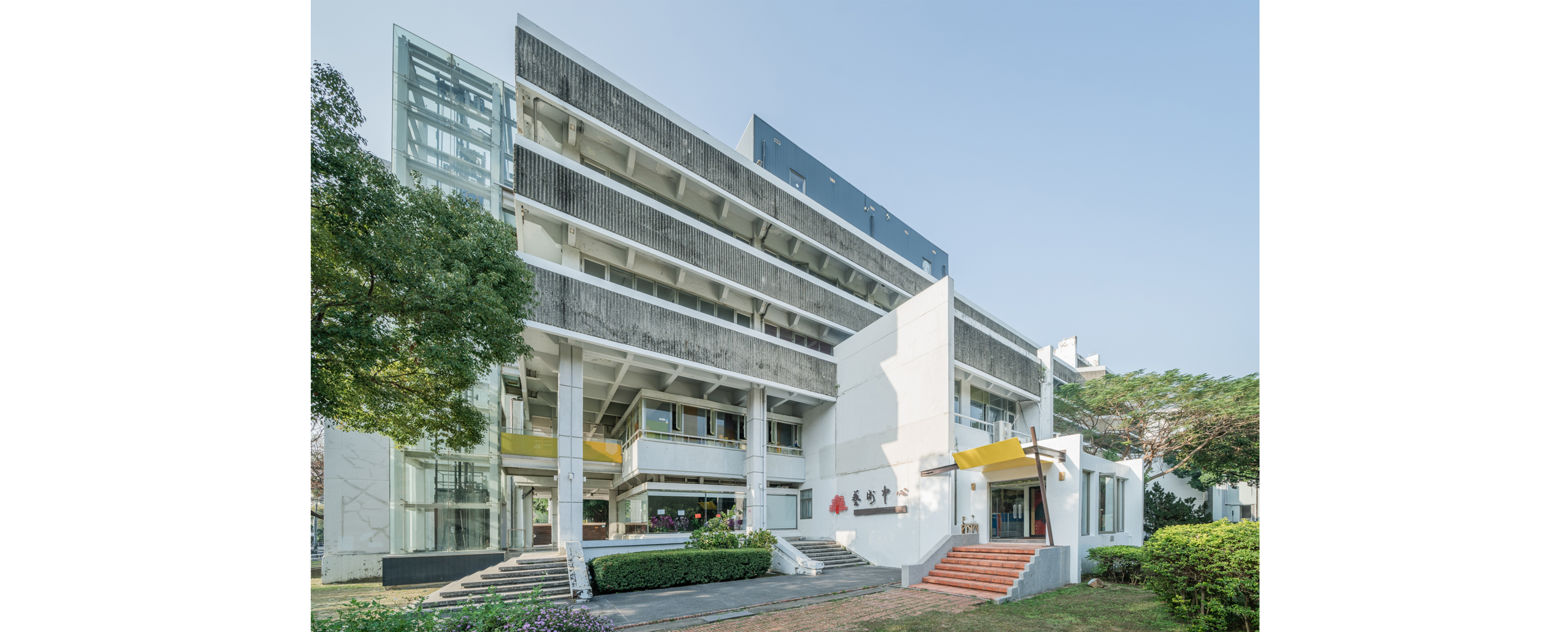Last Update
[Exhibition] Hydraulics Landscapes Chen, Po-I Solo Exhibition 2023.9.14-10.21
![[Exhibition] Hydraulics Landscapes Chen, Po-I Solo Exhibition 2023.9.14-10.21Image](/var/file/5/1005/pictures/853/m/mcen1500x1500_large80071_50041547515.jpg)
![[Exhibition] Hydraulics Landscapes Chen, Po-I Solo Exhibition 2023.9.14-10.21Image](/var/file/5/1005/pictures/853/m/mcen1500x1500_large80072_265580647774.jpg)
![[Exhibition] Hydraulics Landscapes Chen, Po-I Solo Exhibition 2023.9.14-10.21Image](/var/file/5/1005/pictures/853/m/mcen1500x1500_large80078_241677348125.jpg)
![[Exhibition] Hydraulics Landscapes Chen, Po-I Solo Exhibition 2023.9.14-10.21Image](/var/file/5/1005/pictures/853/m/mcen1500x1500_large80079_955406248125.jpg)
After Typhoon Morakot in 2009, I went to the disaster area to conduct surveys of the soil and debris hazards. What started as a simple task of recordation eventually evolved into the creation of my "Morakot" artwork, a combination of my expertise in both art and hydraulic engineering. Subsequently, I continued along this thread to develop the "Post-Morakot" and "Geological Monument" series. I'm honored to have been invited by my alma mater to exhibit at the National Cheng Kung University Art Center, where I can gladly share the works nurtured by my engineering and humanities education with my professors and fellow students.
"Morakot" captures the mud traces left behind in the houses of Nangnisalu (Note 1) during the devastating mudslide. Using the technique of still-life painting amidst ruins, I portrayed four pivotal moments during the disaster. It's like a stone tablet inscribed with the debris flow, and I reinterpreted the terrifying ordeal into images. The collection also includes works from my survey of the disasters in Taihe, Laiji in Chiayi, and Liugui in Kaohsiung (Note 2). Through the heroic rhetoric in helpless silence that describes Taiwan's history of transformative natural disasters, I provide a recount of this immensely traumatic memory.
"Post-Morakot" is the landscape image of the Morakot reconstruction project in the Laonong River. In the creative process, I attempted to refer to natural geological events and artificial geological events, using photography to unveil contemplation on the environment. This is not about placing a value judgment between human civilization and natural ecology; instead, I hope this work serves as a catalyst for dialogue.
"Geological Monument" is a massive sculpture at the upstream of the Zengwen River, a sediment retention dam formed by both nature and human intervention. The chiseled concrete surface has been carved by water over time, dissolving during dry spells and friction during heavy rains. It stands as the force of nature, the power of humans, a co-creation that time and weather have collaborated on. The Tsou people believe in the Deity of Earth, Ak'emameoi, who created the land and governs its streams. Using water, the deity dissolved the sediment retention dam that didn't belong to the land, merging it with nature.
Note 1: Nangnisalu Tribe is located in Namaxia District, Kaohsiung City. On August 9, 2010, at 2 PM, a severe mudslide occurred along the Atul Creek nearby the community. The extensive fan-shaped debris flow even obstructed the main channel of Qishan River and caused significant destruction in Nangnisalu Village. During Typhoon Morakot, nearly two-thirds of the Nangnisalu community was buried under mud and debris, leading to the deaths of 10 people and the disappearance of 32 others.
Note 2: I come from a research background in water resources and ocean engineering. After the typhoon, my professors and classmates delved into on-site disaster surveys. Meanwhile, I began conducting surveys in Taihe in Chiayi, Liugui in Kaohsiung, and Laiyi in Pingtung in September 2009. It wasn't until March 2010 that I entered the most severely affected areas, including Xiaolin and Namaxia.





